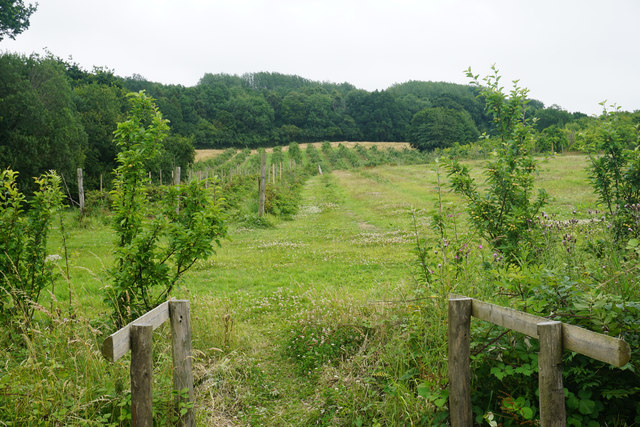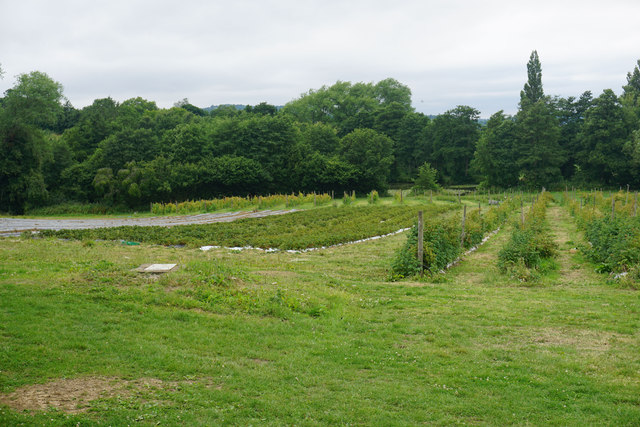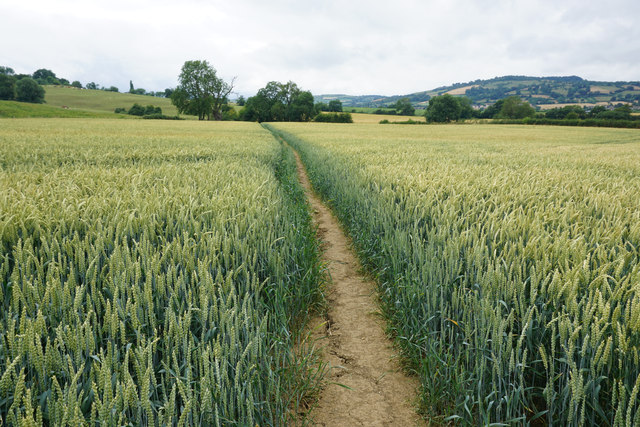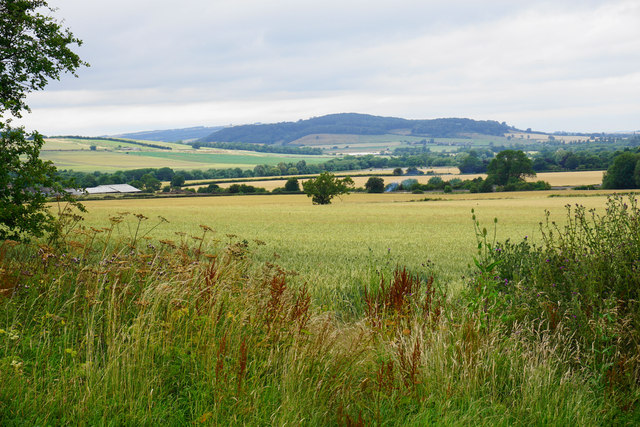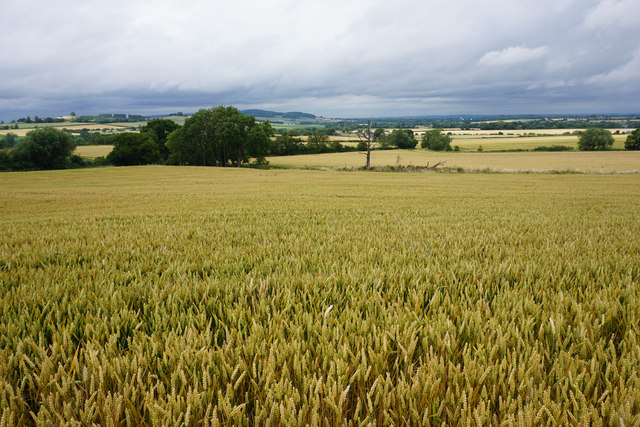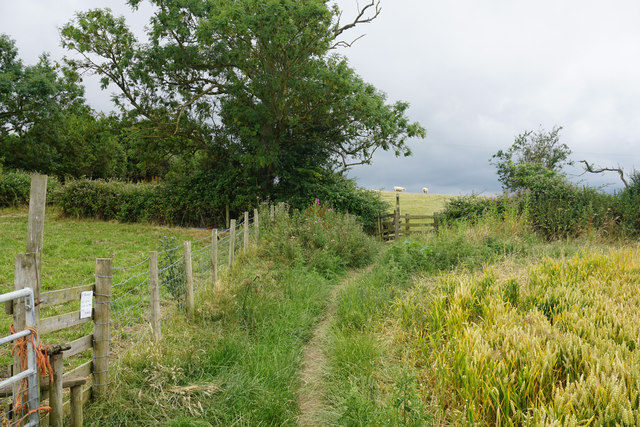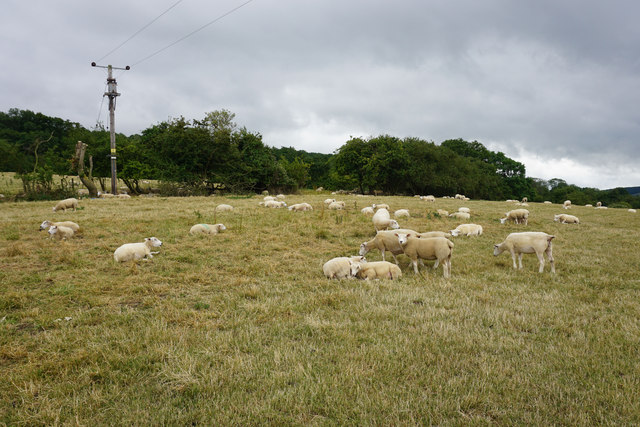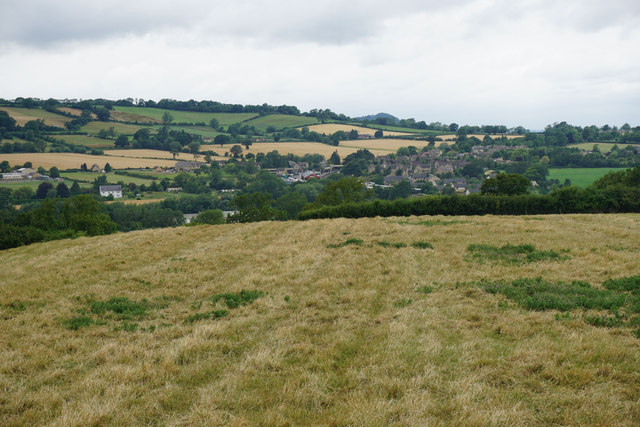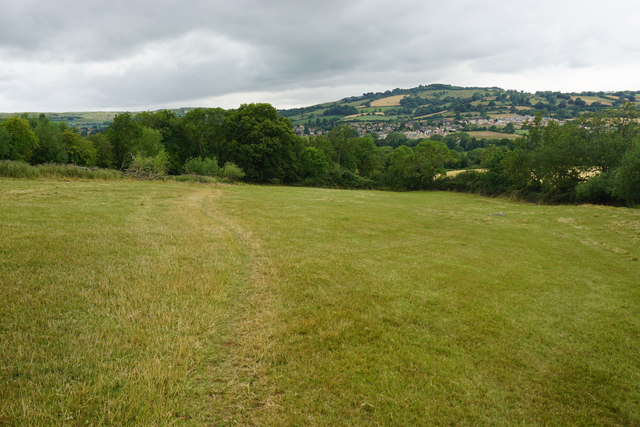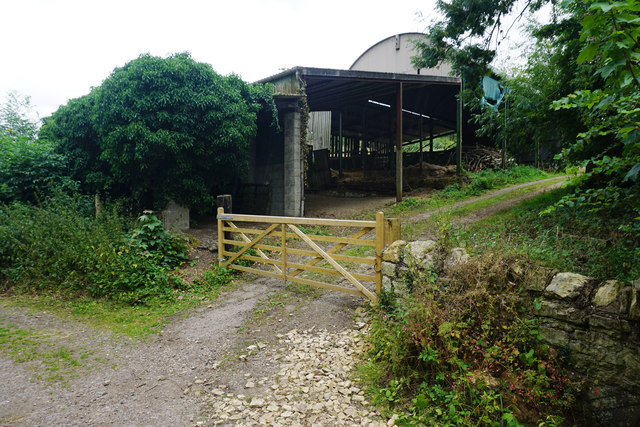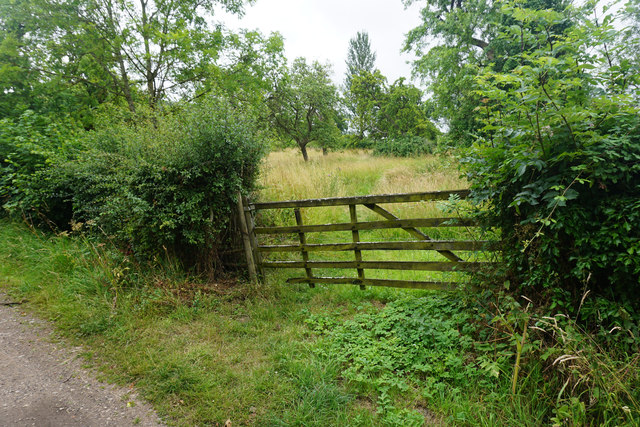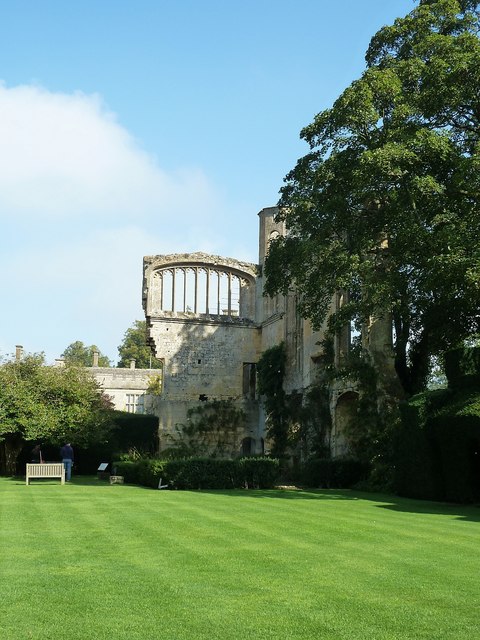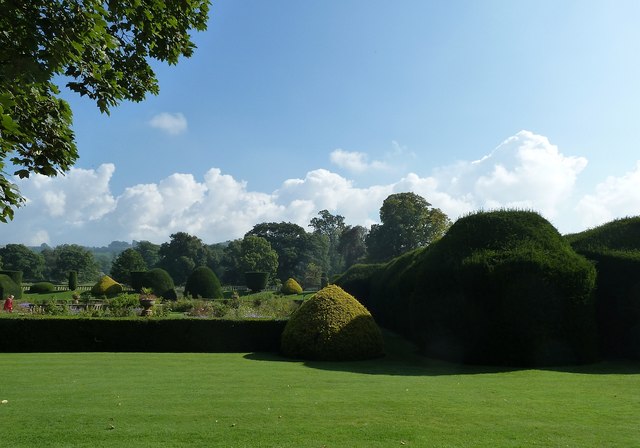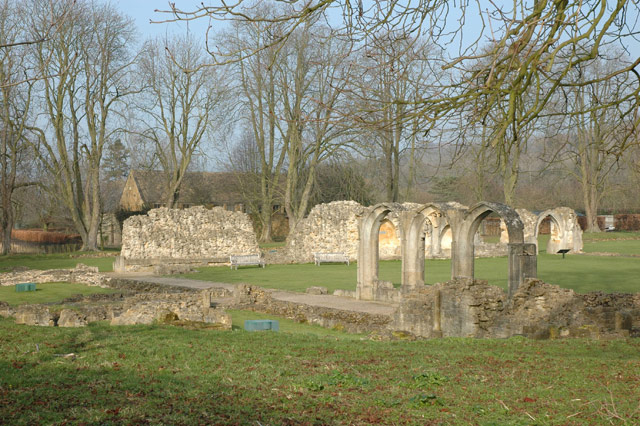Ford Road Coppice
Wood, Forest in Gloucestershire Tewkesbury
England
Ford Road Coppice
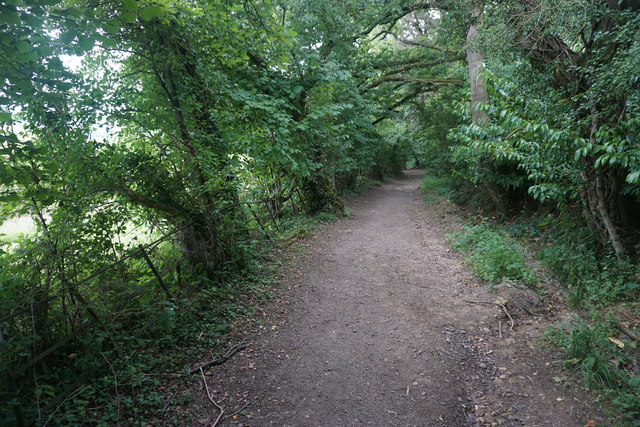
Ford Road Coppice is a picturesque woodland located in Gloucestershire, England. Spanning an area of approximately 20 acres, it is a well-preserved and biodiverse forest that attracts nature enthusiasts and hikers alike.
The coppice is primarily composed of native broadleaf trees, including oak, ash, and beech, creating a dense canopy that provides shade and shelter for a variety of wildlife. The forest floor is covered in a carpet of ferns, bluebells, and wildflowers during the spring and summer months, providing a vibrant and colorful display.
The woodland is crisscrossed by a network of winding footpaths, allowing visitors to explore its beauty at their own pace. These paths lead to secluded clearings and tranquil spots where one can sit and enjoy the peaceful atmosphere. Additionally, the coppice is intersected by Ford Road, a quiet country lane that adds to the charm of the area.
The forest is teeming with wildlife, making it an ideal destination for birdwatchers and nature photographers. Visitors may spot a variety of bird species, including woodpeckers, owls, and various songbirds. Squirrels, rabbits, and deer are also commonly seen within the woodland, adding to its enchanting ambiance.
Ford Road Coppice is managed by local conservation organizations that work to preserve its natural beauty and protect its inhabitants. The woodland is open to the public year-round and offers a serene escape from the hustle and bustle of everyday life. Whether exploring the forest's intricate trails or simply enjoying the tranquility of its surroundings, Ford Road Coppice is a hidden gem in Gloucestershire's natural landscape.
If you have any feedback on the listing, please let us know in the comments section below.
Ford Road Coppice Images
Images are sourced within 2km of 51.949592/-1.9308131 or Grid Reference SP0427. Thanks to Geograph Open Source API. All images are credited.
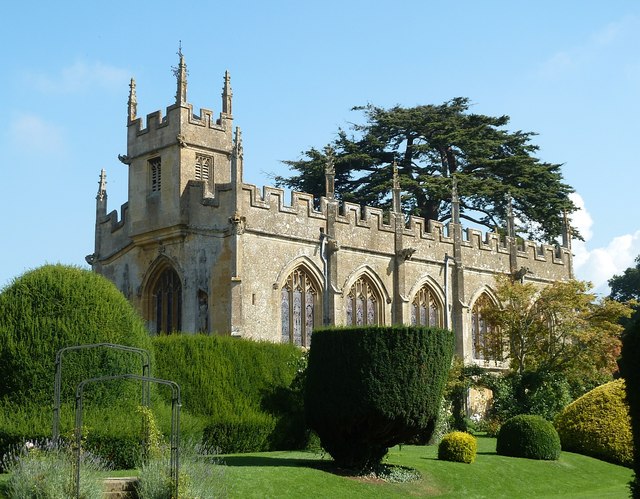
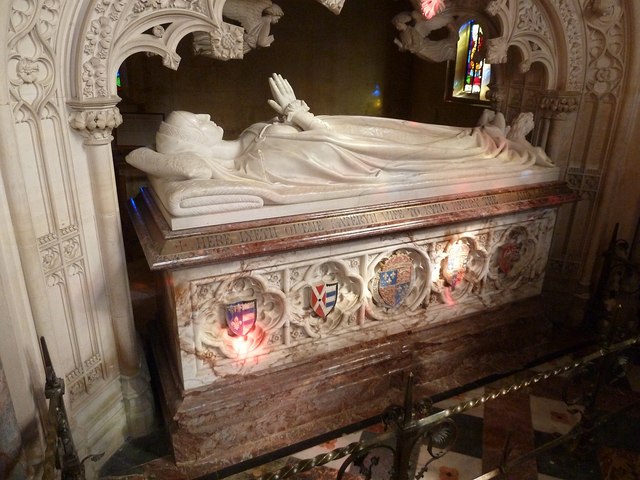
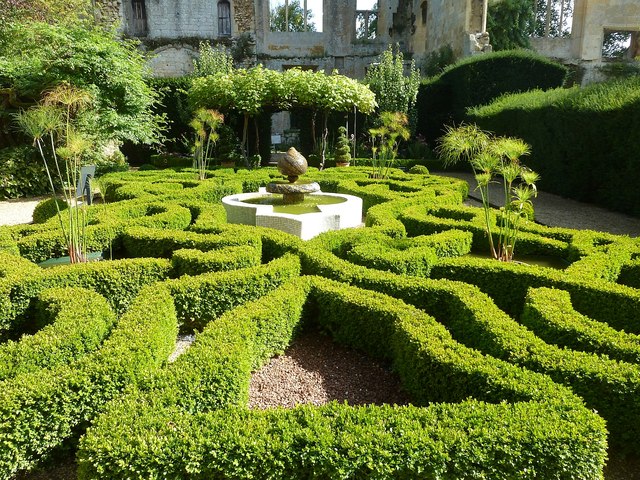
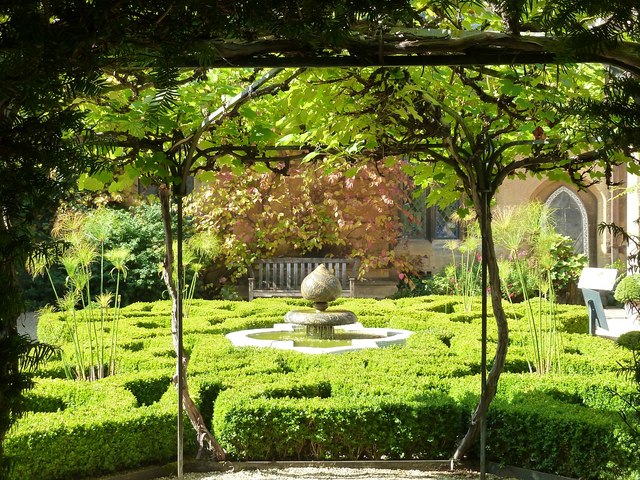
Ford Road Coppice is located at Grid Ref: SP0427 (Lat: 51.949592, Lng: -1.9308131)
Administrative County: Gloucestershire
District: Tewkesbury
Police Authority: Gloucestershire
What 3 Words
///mocking.suitably.waddle. Near Winchcombe, Gloucestershire
Related Wikis
Farmcote Grange
Farmcote Grange was a medieval monastic grange at Farmcote in Gloucestershire, England. It was a grange of Hailes Abbey. == References ==
St Faith, Farmcote
St Faith, Farmcote is a chapel of ease in Farmcote, Gloucestershire, two miles west-north-west of Temple Guiting. It has been designated by English Heritage...
Farmcote
Farmcote is a hamlet in the Cotswolds in Gloucestershire, England. It lies 2 miles (3.2 km) east of the town of Winchcombe and 2 miles (3.2 km) west of...
Church of St Mary, Temple Guiting
The Anglican Church of St Mary at Temple Guiting in the Cotswold District of Gloucestershire, England was built in the 12th century. It is a grade I listed...
Hailes Abbey
Hailes Abbey is a former Cistercian abbey, in the small village of Hailes, two miles northeast of Winchcombe, Gloucestershire, England. It was founded...
Hailes, Gloucestershire
Hailes (also spelt Hayles) is a small village and former civil parish, now in the parish of Stanway, in the Tewkesbury district, in Gloucestershire, England...
Hailes Castle, Gloucestershire
Hailes Castle was a castle in the village of Hailes in Gloucestershire, England. The castle was built around the 11th or early 12th century near the church...
Spoonley Wood Roman Villa
Spoonley Wood Roman Villa is an ancient Roman villa located 2 km south-east of Sudeley Castle near the town of Winchcombe, in Gloucestershire, England...
Nearby Amenities
Located within 500m of 51.949592,-1.9308131Have you been to Ford Road Coppice?
Leave your review of Ford Road Coppice below (or comments, questions and feedback).
